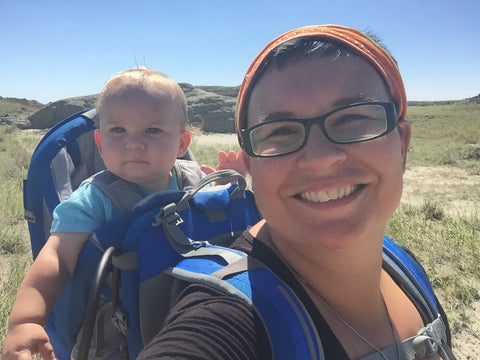Meteorites: Where Earth and Sky Converge — A Reflection on the Wider Cosmos

Meteorites blur the boundary between Earth and space — reminders that our world is not apart from the cosmos, but continuous with it. Each one is a fragment of celestial history, shaped by unimaginable forces and carried across millions of kilometers before finding rest on our planet.
A lunar stone speaks of exile and return; a pallasite glows with gemstones born of collision; an oriented chondrite bears the memory of motion through fire; and an ancient Campo iron, sculpted by cosmic winds, endures as metal turned art.
Together they stretch both time and space, placing our brief lifetimes in perspective.









